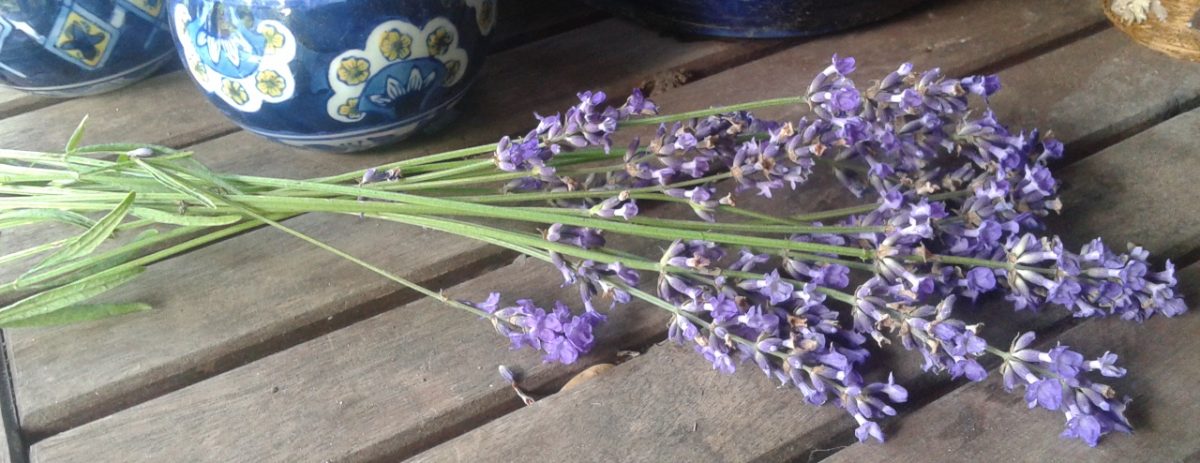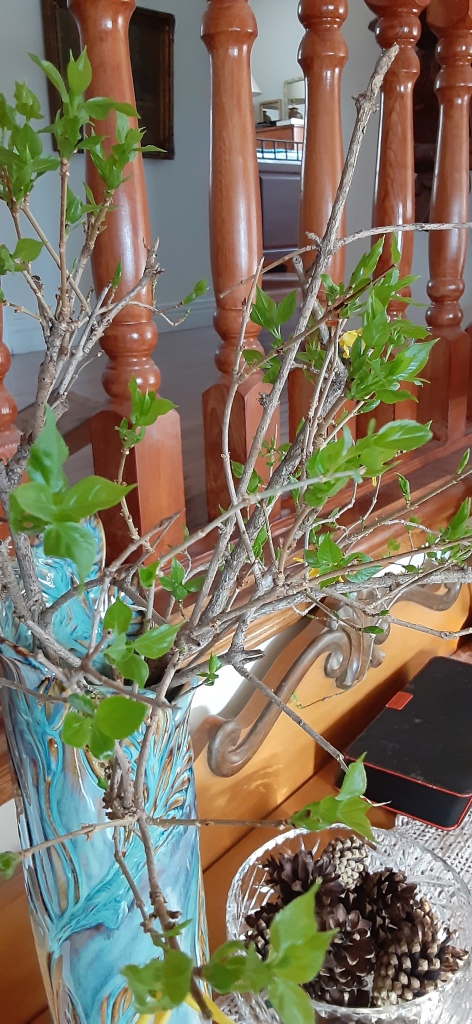Hiatus – an interruption in time or continuity
Miriam Webster online
Hiatus. How many times have you used that term in the last 17 months? Think about it. We had an interruption in our normal days, our time. A hiatus in community. An abrogation of “normal” – what was that anyway and what can it be? I took a hiatus from blogging this summer, our second summer navigating through the complications of this pandemic time. Was my hiatus a form of horticultural therapy? Yes, I think so.

Exactly one year ago, Spirit of the Garden became a pandemic pastime for me. The core concept was to unpack what we meant by “garden”- the wider breadth of it. Plants yes, and our obsession with them, but also encompassing a creative life, a community life, the wonderfully odd connections to be made with those people and places that move us. The green world, and those who live in it, that cultivate us.
In this eastern Canadian garden, I take a deep breath. It’s a steamy afternoon when smoke particulates from northern forest fires have diminished somewhat; when vaccinations pave a way forward yet COVID numbers begin to rise again; when news of the imminent fall of Kabul and of climate change are at the edge of my consciousness. When, if only for now, the sound of birds and cicadas are welcomed in fully. I go to the garden for a sense of hope as so many have through time.
If hope can be expressed in beauty, well, there’s much to celebrate as here the colours of August riot. The rich orange/yellows of Rudbeckia hirta, those Black Eyed Susans who dance willy nilly through the garden beds here and in the fields nearby; the pinks and whites of Echinacea – Coneflowers that tempt the bees; the stretching, waving mauves of blooms over an array of Hostas. Yes, I’ll cut back all the drying lily stems but not quite yet as there is one or two blooms boldly demanding I spend time with them still. I look up and there, most preciously, are the variegated greens of the trees – a second flush on the willows and crabapples after the earlier defoliations of Lymantria dispar, the Gypsy Moths, that shocked us all earlier this summer.

There is also pleasure when walking on the nearby recreational trail – a former railway bed – and greeting any and all passerbys as the wild flowers rightly nod in approval. It’s an ongoing seasonal parade that demands we join the throng of movement welcoming us, and pollinators, to join in. I walk home to pull out my trusty reference book: Ontario Wildflowers – 101 wayside Flowers by Linda Kershaw. I’m thrilled to formally meet: Oxeye Daisy – Leucanthemum vulgare; Queen Anne’s Lace – Daucus carota; Canada Thistle – Cirsium arvense; Common Milkweed – Asclepias syriaca; Spotted Joe-Pye Weed – Eupatorium; and Canada Goldenrod – Solidago canadensis, among so many others.

I find it interesting that twelve months ago, when all of us were coming to terms with a closing down of sorts, and of fact, that this blog looked at sunflowers – Helianthus. This week, we sought out those shockingly extroverted blooms again – they seem to smile all the time as they track the sun. We walked and were forever grateful to someone in this community who, for many years, has planted a floral trail in a wide field – a garden inviting all of us in. This kindness to community allows us to pause for a short time, to notice life around us. A gift of time to dream and play – as well as to snip. An act that maybe we can all replicate in different ways – cultivate hope so that we can grow a strengthened shared future.
The mid-summer colours return even when we are beleaguered by temperamental weather, ravenous caterpillars, a global pandemic and human confrontations within and beyond borders. This is garden in its fullest sense, an encompassing awareness of being part of something larger than ourselves – our place in the multitudes.
I go to the garden grateful. I leave with hope we will all lend a hand when and where we can. And we can.

Walking in the Potvin field – Mississippi Mills
























































